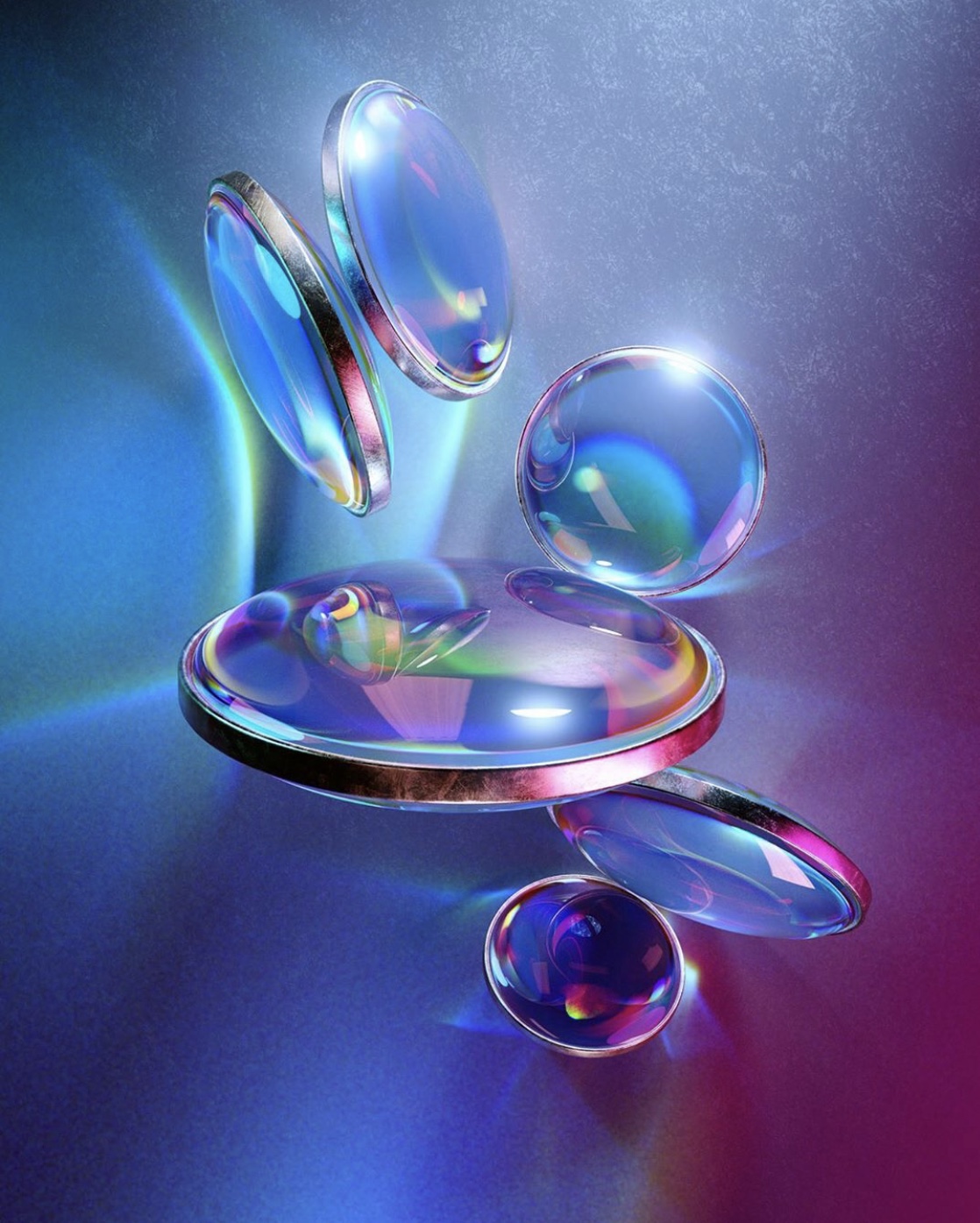Iridescence is the phenomenon of certain surfaces that appear to change color as the angle of view or the angle of illumination changes. Iridescent objects can be found in nature, but are often created by mankind for their beauty. The most familiar examples are soap bubbles and butterfly wings.
The word “iridescence” comes from the Latin iris, meaning “rainbow”. Many different types of materials can display iridescence; it is seen in minerals, animals, plants, and man-made objects. The colors produced by iridescence are often very bright and intense.
The cause of iridescence is usually interference or diffraction of light waves. When light waves reflect off a surface, they bounce back at different angles. If these reflections reach our eyes at the same time, they will mix together and create the colors we see. Interference patterns like this can also be created artificially, such as in thin films used in optics and engineering applications.
One well-known type of natural iridescence is called labradorescence, which occurs in some minerals such as labradorite feldspar. This effect is caused by light reflecting off multiple layers of material with slightly different refractive indices; when these reflections interfere with each other, they produce a dazzling display of colors ranging from blue to green to red. Another form of natural iridescence is seen in peacock feathers; here, microscopic structures known as barbules reflect light back and forth between them to produce an intense blue coloration that shifts depending on the angle from which it is viewed .
Many people enjoy looking at iridescent objects because of their beauty; however, there are also many practical applications for this phenomenon. One example is optical filters: thin film interference can be used to create filters that only allow certain wavelengths of light through while blocking others . This property has led to their use in sunglasses, camera lenses , and LCD screens . Another application is security features on banknotes and credit cards ; here again , thin film interference produces patterns that are difficult to copy . Finally , because insect wings display strong structural coloration , they have been studied extensively for potential biomimetic applications .


